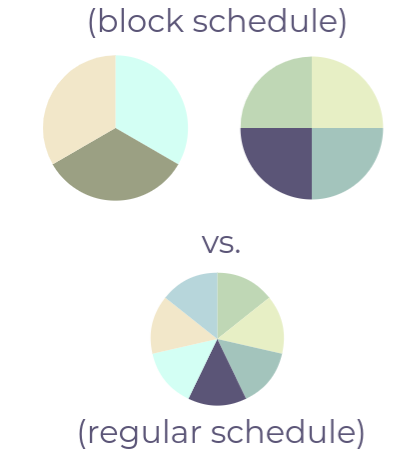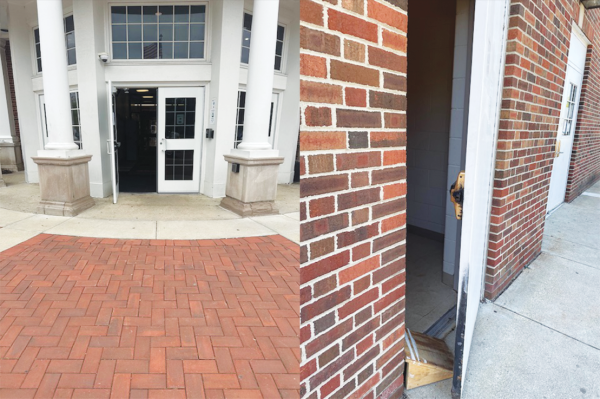A Change of Pace
Shaker is behind the curve when it comes to student scheduling
During a normal school day, information is thrown at me left and right from seven different classes. However, as soon as I get home, I forget most of it.
Currently, classes are 50 minutes at Shaker. To me, these 50 minutes can be jam packed and overwhelming, and I often have difficulty retaining the information.
Teachers are forced to put too much information into a short period of time, and students are somehow expected to retain this information.
Recently, one-third of American high schools have made the switch to some sort of alternative scheduling, according to The School Superintendents Association. The two most common types of alternative schedules are the 4/4 schedule, a schedule with four classes one semester and four different ones the next, and the A/B schedule, which has fewer classes per day, but longer periods.
The A/B schedule is more commonly known as a block schedule. It consists of longer periods for each class, but a student’s schedule changes daily. Shaker should partially or totally switch to this type of schedule.
According to the SSA, block scheduling has boosted students’ GPAs and limited failures. Discipline referrals decreased by 25-50 percent in districts where block schedules have been implemented and tardiness has been reduced.
One of the highest ranked public high schools in the country, Lexington High School in Massachusetts, uses a block schedule. Students are able to take more classes during the school year and have three study halls a week, which are required by the school.
A bit closer to home, Hudson High School implements block schedules two days a week. Students at Hudson approve of the schedule, and Shaker students would too. On Wednesdays, students take three of their seven classes and school begins at 9:30 a.m., allowing students to get more sleep.
The other block schedule day consists of four classes and begins at a normal time. All classes on block schedule days are an hour and thirty minutes long. On Mondays, Tuesdays and Fridays, Hudson follows a schedule similar to Shaker’s.
One Hudson senior says that she feels more productive in class, and less stressed because she only gets homework from three or four classes rather than all seven two nights a week. She also feels less tired during the week because of the late start Wednesday.
While the transition to this type of schedule could be stressful for students and teachers, it will be beneficial in the long run. At a large district such as Shaker, block schedules could allow for teachers to give more one-on-one attention to all students. Amount of homework and stress levels would drop because students would only be assigned homework in half of their classes at a time.
According to the National Education Association, block schedules could pose problems for students who have to miss school. On a block schedule day, students would essentially miss two days instead of one.
In recent years, Shaker has moved toward the use of more technology in classrooms. Students who miss a block schedule day could use these resources to stay caught up in their classes.
Shaker’s switch to the Hudson schedule or even Lexington’s schedule would be beneficial to all students. Not only would it reduce stress and improve mental health, but it would increase academic performance and retention of material.
Comment using your Facebook, Yahoo, AOL or Hotmail account









